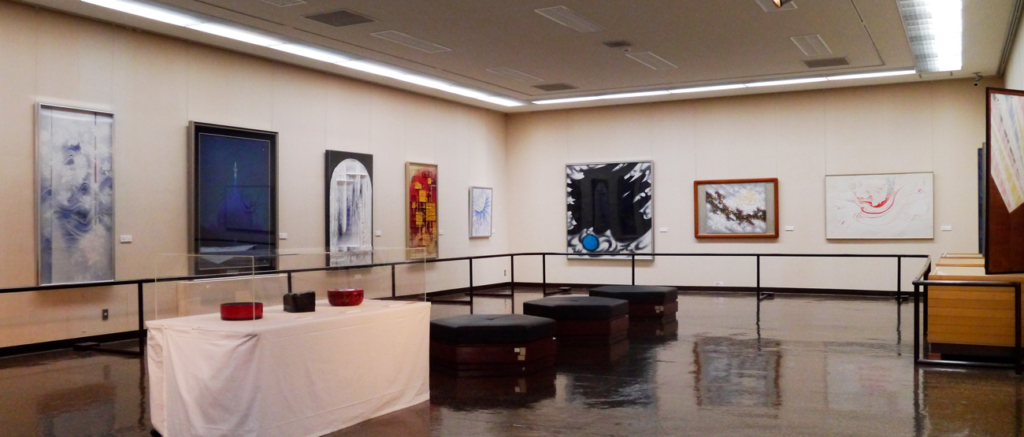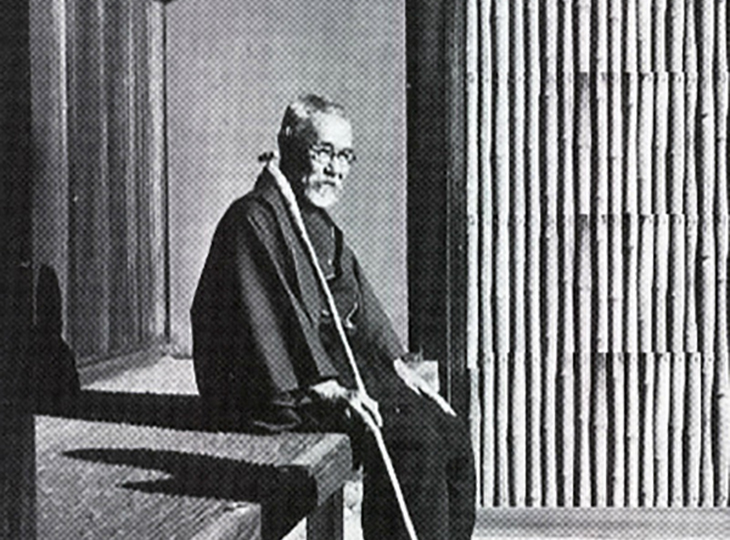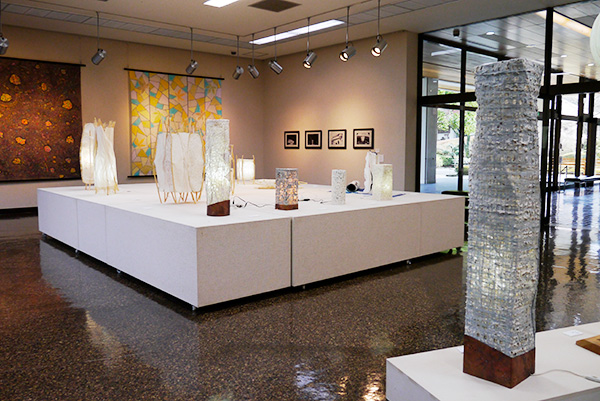


Toyota Obara Washi Crafts
In the Obara district of Toyota City, it is said that during the Muromachi period, Japanese paper was started to be made according to the teachings of the monk Kashiwaniwa. Until the early Showa period, paper used for umbrellas called “Mikawa Morishita Paper” was produced in various parts of the district, but after that, demand dropped sharply due to changes in lifestyle.
Under such circumstances, in 1932, craftsman Tatsukichi Fujii focused on the quality of Obara’s Japanese paper. Fujii uses a technique called “squeezing” to add plants such as chrysanthemums and ears to the paper making in the area before the raw materials on the bamboo blinds dry. I instructed. Furthermore, in 1945, he evacuated to this area and worked with the young people in the area to devise a unique “Toyota Obara Washi Craft” that combines dyed raw materials and paper patterns to create a painting screen. rice field. Thanks to Fujii’s efforts, Obara’s washi was not just a material and his own washi, but the paper itself was worthy of appreciation and was reborn as a beautiful work of art that soothes the viewer’s heart. At the same time, Fujii handed down the technique to this area, accompanied by a leader of Ikkanbari, who applied lacquer to a vessel molded from Japanese paper to finish it.
At present, in Obara, the Toyota Obara Japanese paper craftsman who inherits Fujii’s high aspiration to “create and develop a village through cultural arts” has created wallpapers and lampshades that blend in with frame paintings, sliding doors, folding screens, quiet spaces, and other modern lifestyles. Etc. are produced.

